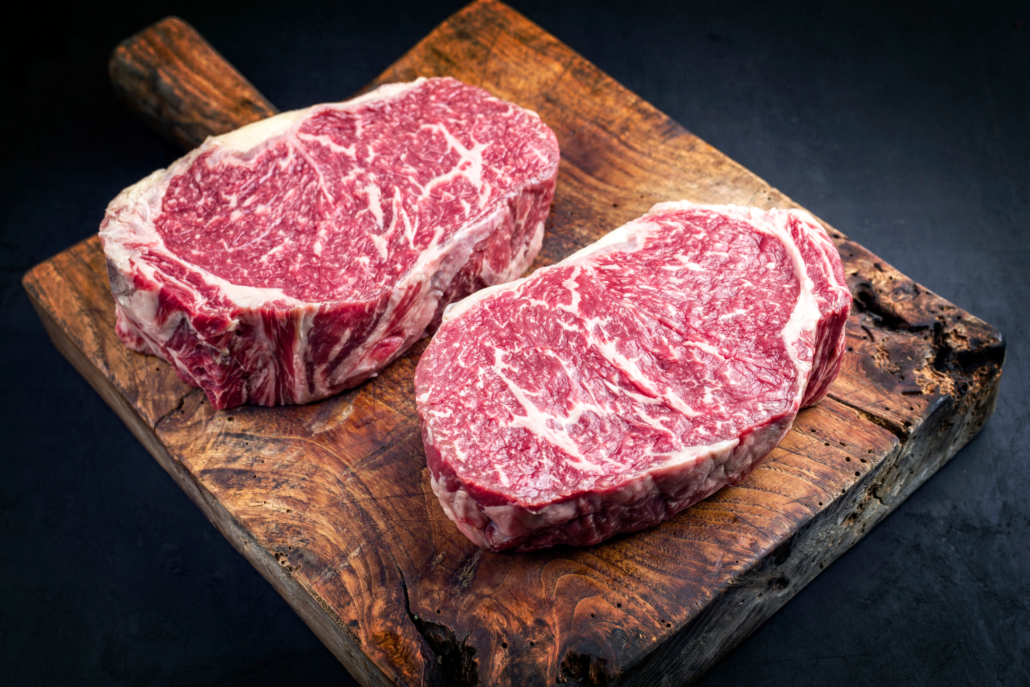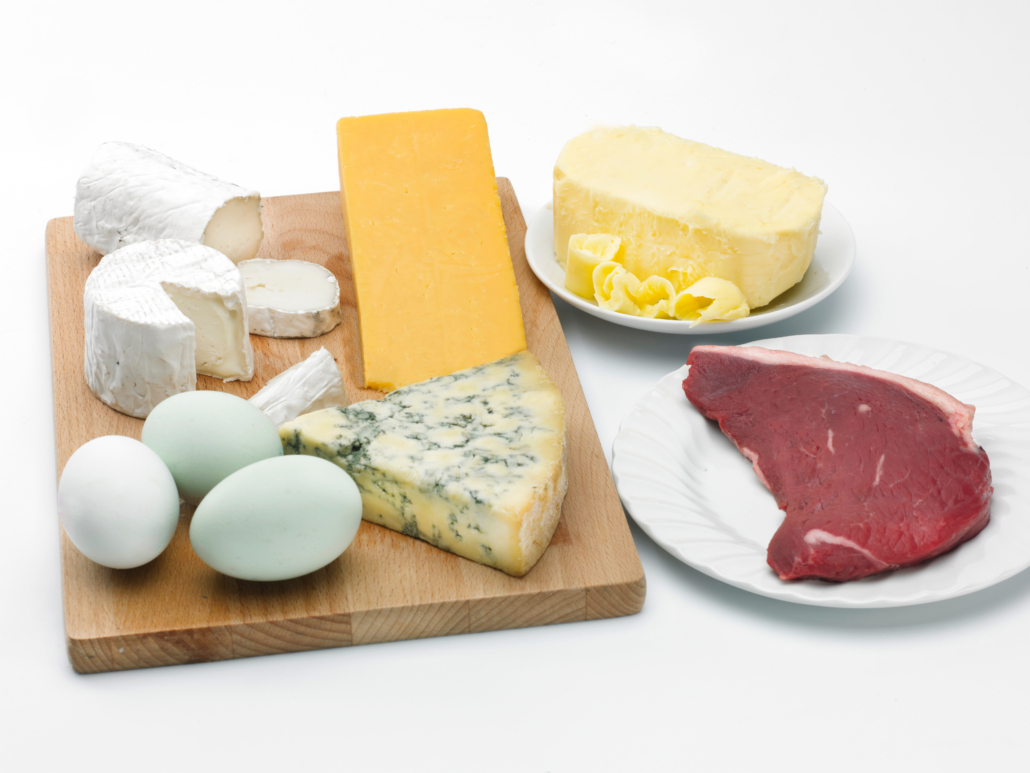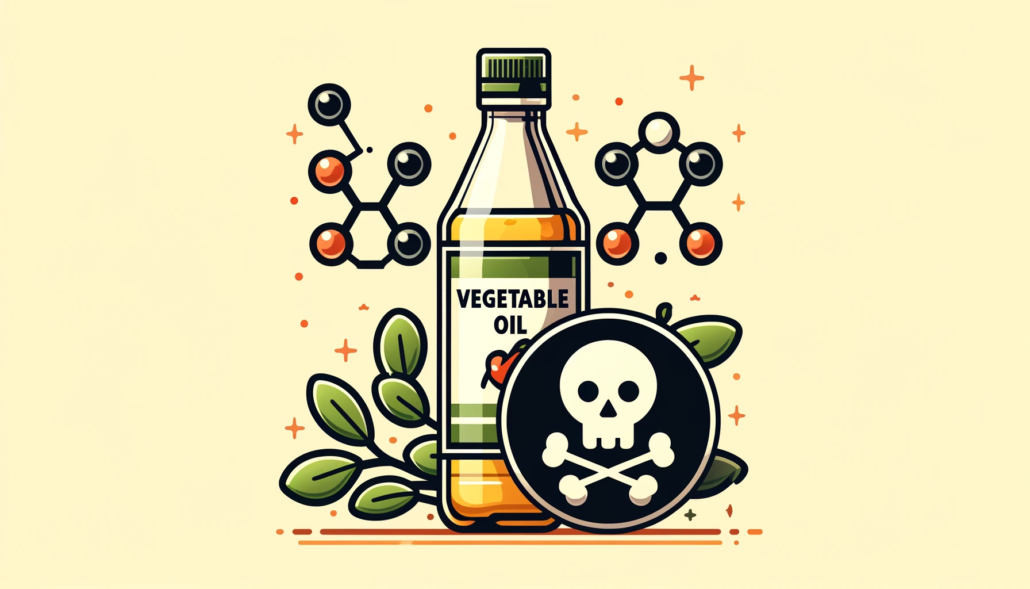We include products in articles we think are useful for our readers. If you buy products or services through links on our website, we may earn a small commission.
Gluten 101: Food or Foe?
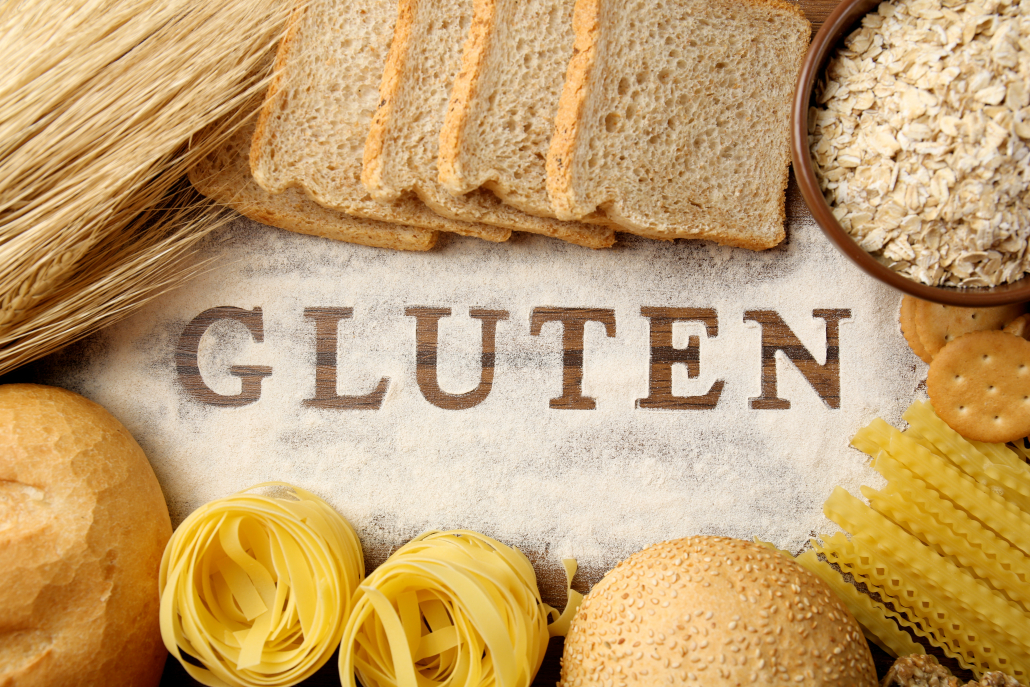
Table of Contents
Gluten: it’s tasty, craveable, and…controversial.
A 2013 survey found that over 30% of Americans make an effort to avoid eating gluten. And this figure is probably even higher today.
But is this avoidance warranted? The short answer is, yes. Read on to learn more about the ways this plant toxin can affect your health.
What is Gluten?
Gluten is a naturally-occurring family of plant proteins.
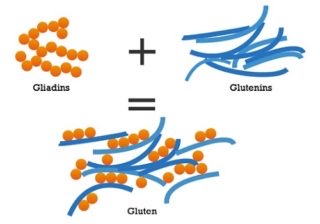
A part of the lectin family, it is found in wheat, barley, rye, and many other ‘cereal grains.’
Different grains contain different gluten-forming proteins: wheat contains glutenin and gliadin proteins. Barley contains hordein. And rye contains secalin. Foods high in gluten are everywhere. Gluten can be found in:
- Grains
- Grain-based products
- Foods and beverages
Grains
If it’s a grain, it likely contains gluten or similar proteins. Common foods and grains that contain gluten proteins include:
- Whole wheat
- Wheat bran
- Barley
- Rye
- Spelt
- Kamut
- Couscous
- Semolina
- Farina
- Einkorn
- Durum
- Wheat germ
- Cracked wheat
Foods and beverages
Because the Standard American Diet is based largely on grains, and specifically wheat, many of the most common foods we eat contain gluten. Breads, pastas, and fried foods are all packed with it.
But gluten also shows up in more unexpected foods including, barley malt, malt vinegar, soy sauce, many sauces/gravies/salad dressings, bouillon, chips, beer, certain spices including imported cloves and mace, and domestic coriander. Certain wine coolers with barley malt also contain gluten. These include Bacardi (only the Silver malt variety), Boone’s Farm, and Seagram’s Escapes.
Why is gluten bad?
Gluten has all sorts of culinary benefits — it helps bread rise and makes pasta delightfully chewy, and works as an additive in many processed foods—But it’s not very compatible with the human body.
Gluten intake can lead to anxiety, chronic inflammation, sleep problems, among many other health issues. Most of these downsides are related to gluten’s incompatibly with the digestive tract, or your gut.
The gut is a critical area to keep balanced because it houses 75% of your immune system, and produces critical neurotransmitters like serotonin–your body’s feel-good chemical.
Gluten and Gut Health
What makes gluten so bad for gut health? Let’s take it step-by-step.
When you eat gluten, you ingest gliadin, one of the two proteins that make up gluten.
Gliadin molecules carry antigenic sites, meaning that the body considers them a threat. The body responds with an immune activation–the inflammation of the gut lining, and flattening of the microscopic hair-like structure lining your gut called the intestinal villi. This process causes permeability in the gut.
Within about 15 hours after eating, small fragments of gliadin hit the bloodstream and the inflammatory damage spreads to other body tissues.
Repeated ingestion leads to a vicious cycle where the gut becomes less and less able to process gluten. Lower nutrient absorption, “leaky gut,” and additional food allergies can result.
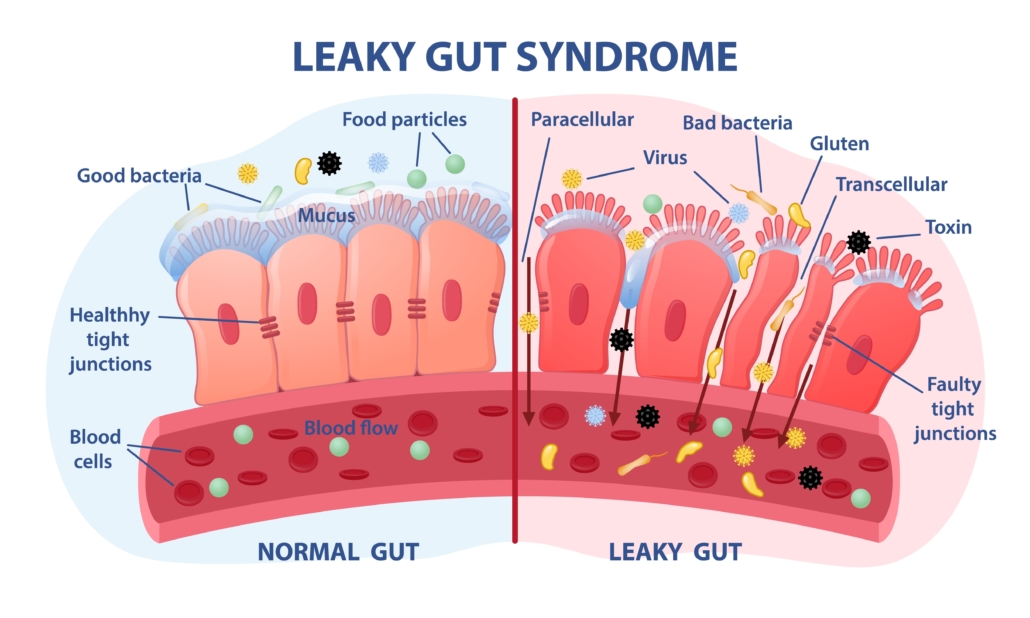
When viewed from the perspective of dietary evolution, this inflammatory response isn’t surprising.
Modern gluten-rich wheat made its way into the food supply despite having, what Cardiologist and author of the book Wheat Belly, William Davis identifies as “all the genetic alterations to modify hundreds, if not thousands, of its genetically determined characteristics.” What this means for humans is that our bodies haven’t had the time to adjust to gluten-rich foods so our bodies are not equipped to digest them. On a metabolic level our bodies detect these compounds as toxic foreign substances and respond accordingly with inflammation.
Gluten Intolerance vs Gluten Sensitivity
In 2003 Dr. Alessio Fasano found that 1 in 133 people had celiac disease, a number much higher than previously thought.
Yet far more people than this have what’s called a “subclinical” gluten sensitivity. How many more? Even among experts this figure varies widely: some experts say that 6-7% of the population is sensitive, while others claim it’s 50%+.
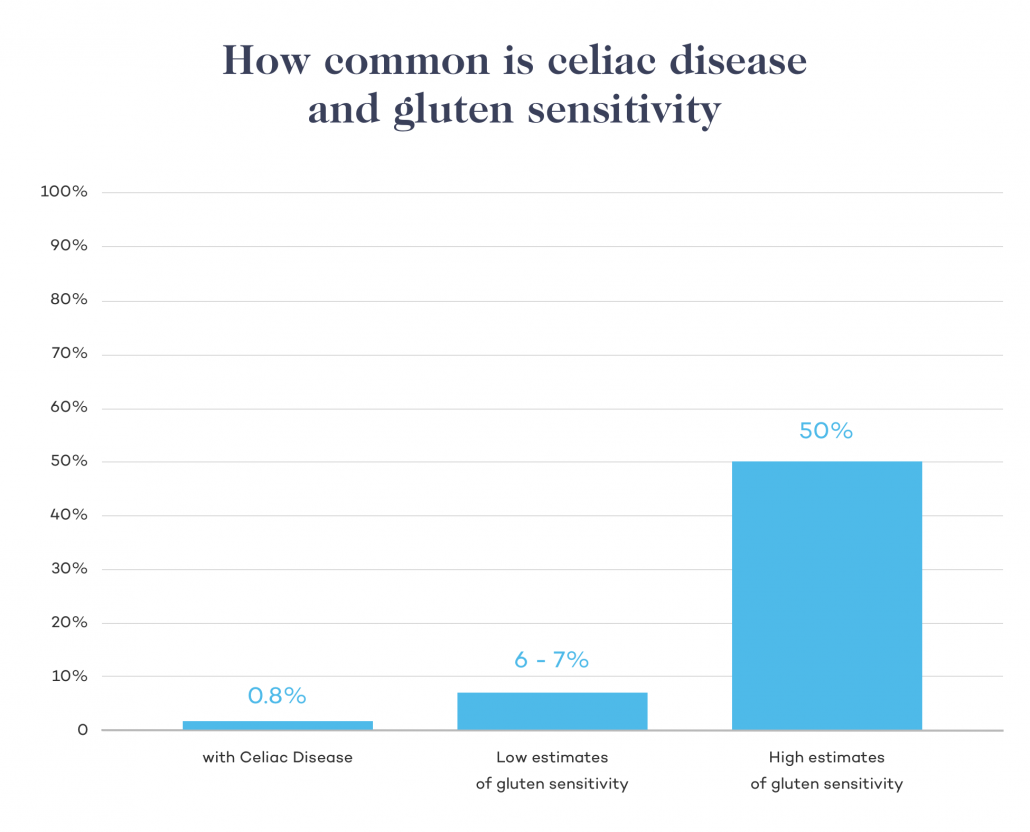
People with gluten sensitivity aren’t easily diagnosable, but gluten still affects them in a suboptimal way.
According to gluten expert Dr. Thomas O’Bryan, everyone is negatively impacted by gluten — even though the damage sometimes occurs only on levels that we’re not always aware of.
People of Irish, English, Scandinavian, and other Northern European heritages may be more genetically predisposed to sensitivities.
Gluten intolerance: Common Symptoms
The symptoms of gluten intolerance are similar to the symptoms of exposure to other known toxic substances. These symptoms tend to vary from person to person, but commonly include:
- Digestive problems like bloating, pain, constipation, and/or diarrhea
- Skin problems like acne, rashes, eczema, and general irritation
- Neurological problems including brain fog, confusion, fatigue, anxiety, depression, anhedonia, ADHD, and difficulty speaking
Celiac disease
Celiac disease is an autoimmune disease, and one of the most extreme varieties of gluten intolerance. People with Celiac’s experience a dramatic immune response to gluten, which can lead to symptoms like:
- Fatigue
- Diarrhea
- Bloating and pain
- Nausea and vomiting
- Weight loss or weight gain
Unfortunately, Celiac disease often goes hand in hand with other health problems. These issues include:
- Absorption-related problems like anemia, osteoporosis, or osteomalacia.
- Skin problems like dermatitis herpetiformis (DH), psoriasis, eczema, or ulcers.
- Nervous system problems including numbness, or cognitive impairment.
Gluten Sensitivity: Common Symptoms
The symptoms of gluten sensitivity tend to mirror the symptoms of Celiac disease, but with less severity. But there are still many difficult symptoms including:
- Digestive problems like bloating, pain, and gas.
- Skin problems like acne and rashes.
- Neurological problems like brain fog and fatigue.
In addition to these presenting symptoms, there are also long-term downsides of increased intestinal permeability.
Intestinal permeability can allow irritating peptides and toxins, including endotoxin, to enter the bloodstream. Chronically high endotoxin levels have been associated with atherosclerosis, weight gain, and metabolic syndrome.
To summarize, gluten is probably bad for everybody. For some people, its negative effects are felt immediately. For others, the downsides can go unnoticed and accumulate over time in the form of chronic inflammation, gut permeability, and various diseases related to these disorders. In either case, gluten is harmful.
Other Dangers of Wheat
Looking for another reason to give up gluten?
In addition to all the drawbacks to gluten we’ve mentioned, gluten’s most popular delivery vessels —wheat products like bread and pasta — can wreak havoc on your blood sugar.
Chronically high blood sugar from eating high-carbohydrate foods is likely a root cause of many of the most common diseases including PCOS, diabetes, and heart diseases.
Elevated blood sugars is also a contributing factor that can exacerbate numerous inflammatory autoimmune diseases, including celiac disease.
| FOOD | GLYCEMIC INDEX (glucose = 100) |
| Ice cream, regular | 57 |
| Wonder bread, average | 73 |
| Whole wheat bread, average | 71 |
“Aside from some extra fiber, [which is also likely unhealthy] eating two slices of whole wheat bread is really little different, and often worse, than drinking a can of sugar-sweetened soda or eating a sugary candy bar,” William Davis explained in Wheat Belly.
Carbohydrates in any form can be harmful, especially when consumed in high quantities consistent with the Standard American Diet. So don’t let the marketing idea that whole grains = healthy food fool you!
Pesticides in wheat
Modern wheat is also high in herbicides that can be devastating to your health.
The madness began in 1964, when Stauffer Chemical patented a new product called glyphosate, as a chemical chelator–meaning that it disrupts other organic compounds like proteins and minerals by bonding with them.
Glyphosate quickly became the agricultural industry’s favorite herbicide, featured in both agricultural products and commercial weedkillers like RoundUp.
But here’s the thing: glyphosate was never shown to be safe for human consumption.
Far from being safe, new research has shown that glyphosate can be downright dangerous. According to pathobiologist Dr. Stephen Frantz, this danger is deeply rooted in glyphosate’s chemical structure: “when a cell is trying to form proteins, it may grab glyphosate instead of glycine to form a damaged, mis-folded protein. After that, it’s medical chaos. Where glyphosate replaces glycine, the cell can no longer conduct business as usual.”
This cellular damage can lead to serious and life-threatening problems including birth defects, miscarriages, premature births, and cancer.
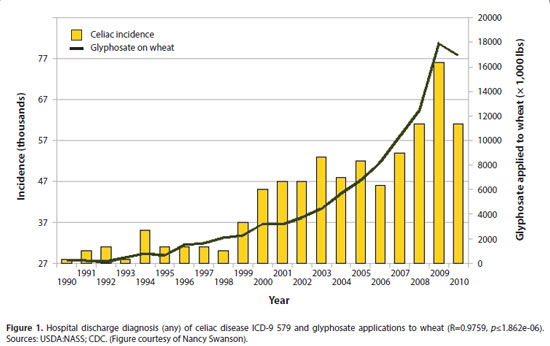
Glyphosate is also found in almost all conventionally-grown oats. That’s just another reason to ditch cereal grains for good!
Gluten-Free Diets
Thankfully, people have caught on to the dangers of gluten in recent years. Once a fringe diet eaten only among people with celiac disease, the gluten-free way of eating has now been adopted by mainstream health and wellness advocates.
Things get even better when you combine gluten-free with low-carb. A low carb, high fat keto diet is an easy way to eliminate gluten from your diet while adding in more nutrient rich animal-based foods. Reducing carbs also has the added benefit of lowering blood sugar levels, which as we discussed above, are a driving factor in the cycle of intestinal inflammation caused by gluten.
A 2020 study published in Cell, found ketogenic diets to positively affect gut health. The findings reveal that healthy changes to the gut microbiota–the billions-strong ecosystem of microorganisms–reduce inflammation. The study authors suggest that ketogenic diets could be used as a therapy for autoimmune disorders of the gut.
Making the switch to a gluten-free low-carb diet often means simply subbing out wheat and other gluten-containing foods with healthy animal based foods like red meat or organ meats.
Are you used to eggs and toast for breakfast? We think you’ll like steak and eggs even more. Most people find that healthy fats like butter and duck tallow are far more satiating than wheat anyway. Replacing carbs with fat will keep your blood sugar stable throughout the day, which means that the carbohydrate cravings that make wheat so hard to give up will be a thing of the past.

The bottom line on gluten
Gluten may be tasty, but it’s not worth it. At worst gluten is an autoimmune trigger of debilitating inflammation and at best a low-grade toxin that causes long-term low grade inflammation that factors in many other diseases and disorders. You’re better off sourcing your calories elsewhere.
If you’re ready to give up gluten but need some assistance with figuring out what to eat, we can help. Check out some gluten-free organ meats recipes here and some gluten-free, low oxalate recipes here. Your gut health and your taste buds will thank you.














